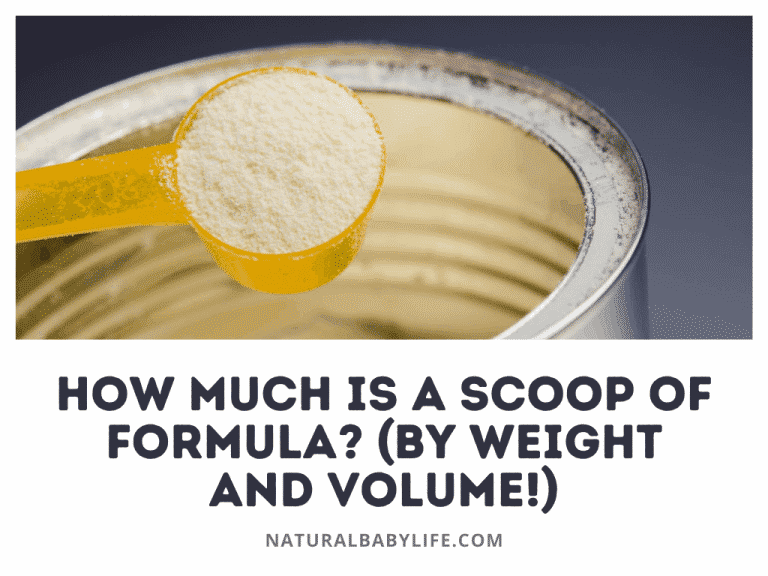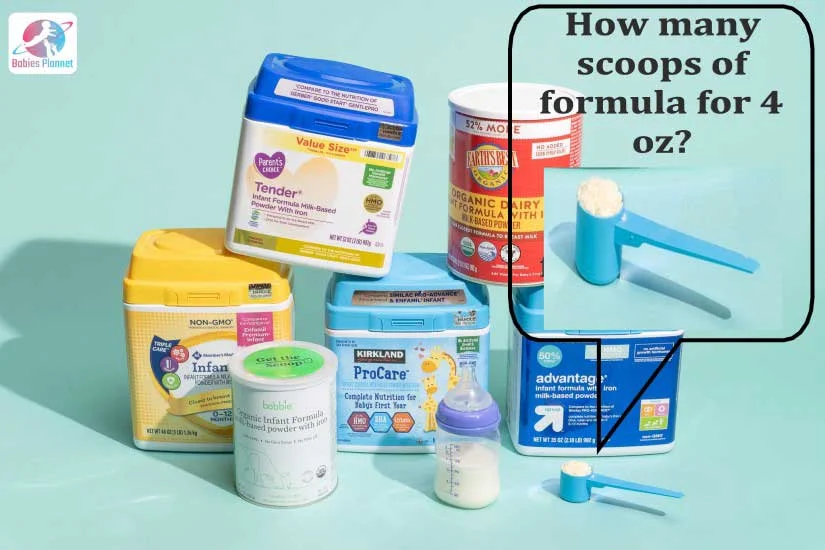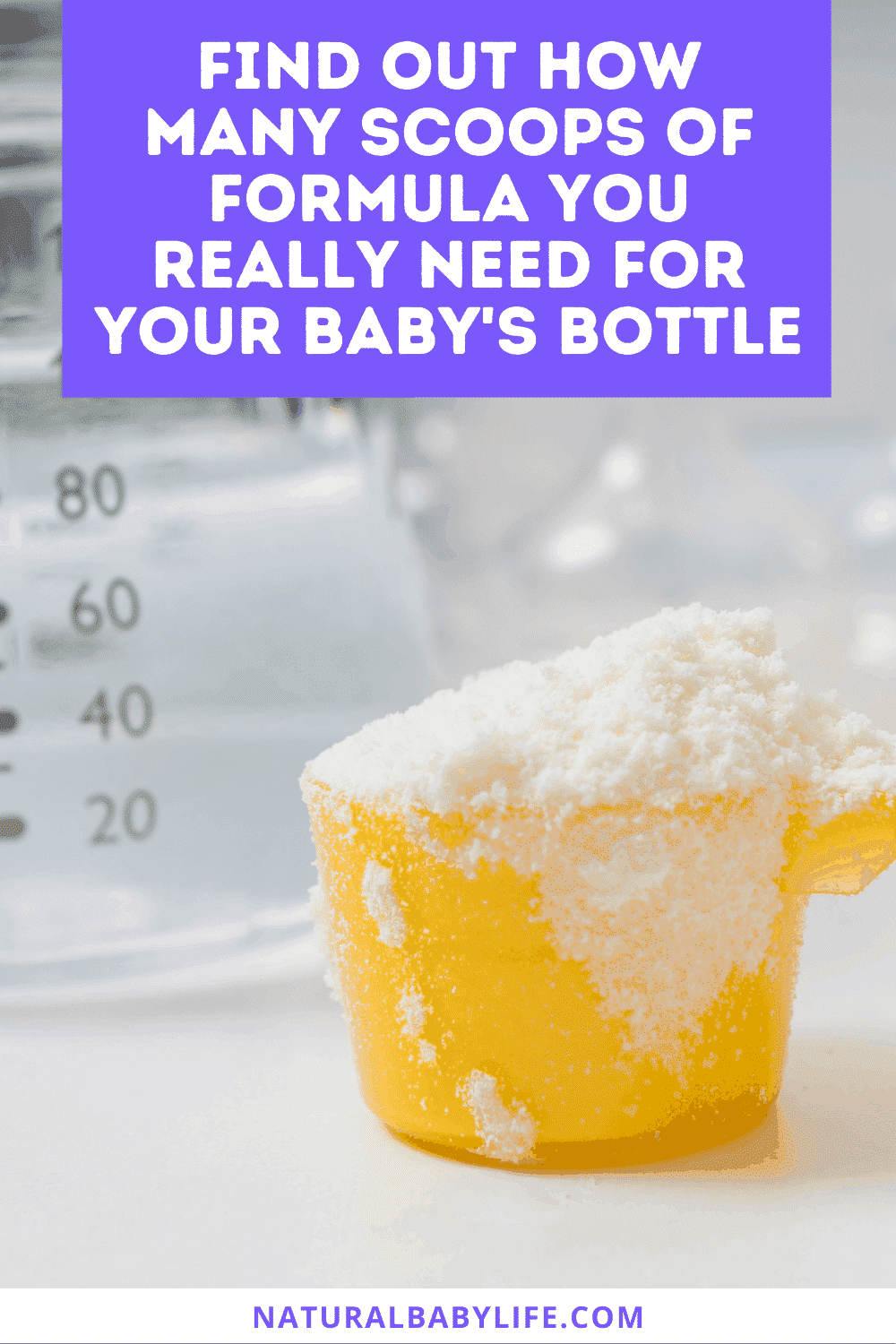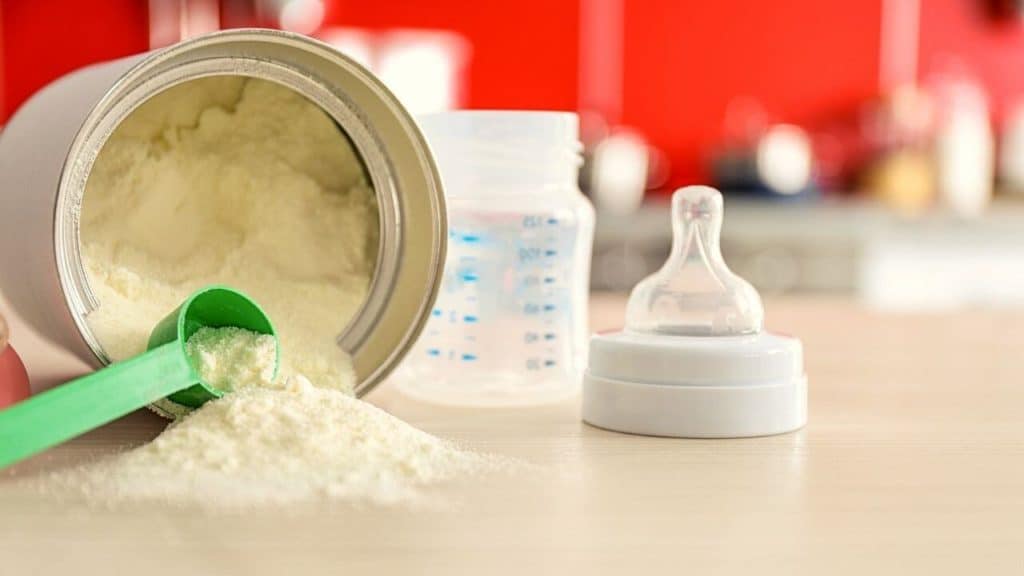How Much Is A Scoop Of Formula

The simple act of feeding a baby has become a minefield of anxiety for American families. As infant formula prices soar, parents are grappling with the daunting question: How much does a single scoop of this life-sustaining necessity truly cost?
This isn't just about pennies and ounces; it's about access, equity, and the profound stress of nourishing the most vulnerable members of our society. In this article, we delve into the intricate economics of infant formula, exploring the factors driving up costs, the impact on families, and the potential solutions that could ease this financial burden.
The Price Breakdown: Beyond the Can
The *nut graf* of this issue lies in understanding that the cost of a scoop of formula extends far beyond the price tag on the can. We must consider the raw ingredients, manufacturing processes, transportation, marketing, and regulatory compliance, all of which contribute to the final cost borne by consumers.
According to a recent report by the National Women, Infants, and Children (WIC) program, the average cost of standard infant formula powder has increased by approximately 20% in the past year. This surge is attributed to a confluence of factors, including supply chain disruptions, inflation, and the lingering effects of formula recalls.
To calculate the cost per scoop, one must divide the price of the can by the number of scoops it contains. While this seems straightforward, the size of the scoop and the recommended serving size can vary between brands, making accurate cost comparisons challenging.
Ingredient Costs and Manufacturing
The primary ingredients in most infant formulas are cow's milk, vegetable oils, and added vitamins and minerals. Fluctuations in the prices of these commodities directly impact the cost of production.
Manufacturing facilities require stringent quality control measures to ensure the safety and nutritional adequacy of the formula. These measures, while essential, add to the overall expense.
Furthermore, the specialized equipment and skilled labor required in formula production contribute significantly to the final price point.
Supply Chain Disruptions and Recalls
The infant formula shortage of 2022, triggered by a major recall and plant shutdown, exposed vulnerabilities in the supply chain. This disruption led to price gouging and increased demand, driving costs upward.
Even with increased production capacity, the industry is still recovering from the aftermath, and the long-term effects on pricing are still being felt. Transportation costs, exacerbated by rising fuel prices, also play a significant role.
Expert analyses suggest that streamlining the supply chain and diversifying sources of ingredients could help stabilize prices in the future.
The Impact on Families
For many families, the rising cost of infant formula poses a significant financial challenge. This burden disproportionately affects low-income households, single-parent families, and those with limited access to resources.
According to a study by Feeding America, families relying on formula may spend between $150 to $300 per month per infant. This represents a substantial portion of their budget, potentially forcing them to make difficult choices between necessities like food, housing, and healthcare.
The emotional toll is equally significant. The stress of affording formula can lead to anxiety, depression, and feelings of inadequacy among parents.
WIC and Other Assistance Programs
The Special Supplemental Nutrition Program for Women, Infants, and Children (WIC) provides crucial assistance to eligible families, offering vouchers for formula and other nutritious foods.
However, WIC benefits may not fully cover the cost of all types of formula, and some families may not meet the eligibility requirements. Other assistance programs, such as SNAP (Supplemental Nutrition Assistance Program), may offer limited support.
Advocates are calling for increased funding for WIC and other programs to better support families struggling to afford infant formula.
Potential Solutions and Future Outlook
Addressing the affordability crisis requires a multi-pronged approach. This includes strengthening the supply chain, promoting competition within the industry, and increasing access to assistance programs.
Some experts advocate for government intervention, such as price controls or subsidies, to make formula more accessible. Others suggest exploring alternative feeding methods, such as breastfeeding, while acknowledging the challenges and limitations faced by many mothers.
The FDA is working to streamline the regulatory process for new formula manufacturers, aiming to increase competition and diversify the market.
The Role of Innovation
Technological advancements in formula production could potentially reduce costs. This includes the development of more efficient manufacturing processes and the use of alternative protein sources.
Research into hypoallergenic formulas and specialized formulas for infants with specific dietary needs is also crucial. Innovation can make these products more affordable for families who rely on them.
However, it is essential to ensure that any technological advancements prioritize safety and nutritional adequacy above all else.
Conclusion
The question of how much a scoop of formula costs is a complex one, reflecting the intricate economics of infant nutrition and the challenges faced by families in providing for their children. Addressing this issue requires a collective effort from government, industry, and advocacy groups.
By strengthening the supply chain, promoting competition, and expanding access to assistance programs, we can work towards ensuring that all families have access to affordable and nutritious infant formula. The well-being of our youngest citizens depends on it.
The future hinges on proactive measures and a commitment to prioritizing the needs of infants and their families, ensuring that the simple act of feeding a baby is not a source of insurmountable financial burden.

















